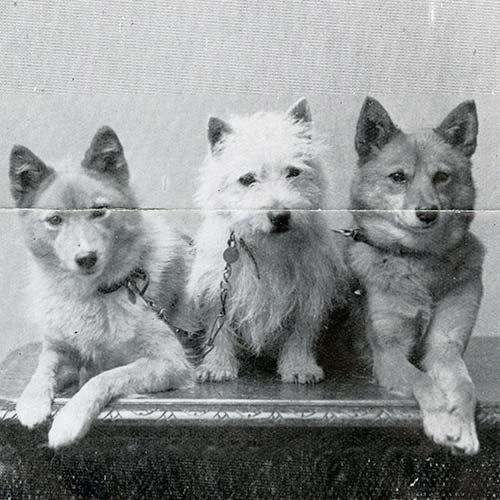|
In his native land, Finland’s most popular dog breed is called the Suomenpystykorva. Mercifully, in English-speaking countries it is known simply as the Finnish Spitz.
It is assumed that when migrants from central Russia arrived in what is now Finland some 3,000 years ago, they brought their spitz-type dogs with them. For centuries these forerunners of modern Finns were employed as all-purpose hunters. In time, they began to specialize on gamebirds. Finkies or Finns have a unique bird-dogging style. Their acute nose leads them to treed birds. They then mesmerize the bird with their slow tail-wagging and distinctive “yodeling,” or rapid-fire barking (they can achieve 160 barks a minute). The swishing tail also serves another purpose — to allow the hunter to see the dog through the dense forest. This freezes the game in place until a rifle-toting human arrives to finish the job. Finkies also flush and trail birds to the trees. By the late 1800s, these hardy Norsemen faced extinction. Thanks to a promotional blitz mounted by two ardent Finnish admirers of the breed, Hugo Roos and Hugo Sandberg, the Finkie was brought back from near oblivion. By century’s end, the Finnish Spitz was recognized by the Finnish Kennel Club. England received its first exports in the 1920s. An early British devotee, Lady Kitty Ritson, coined the nickname “Finkie,” as some English-speaking fanciers still refer to the breed. They arrived in America around 1960 and began competing in the AKC Non-Sporting Group in 1988. |
The FSCA is neither affiliated with nor endorses the Finnish Spitz National Rescue, Health Network, or Pedigree Database entities and websites.
Copyright Finnish Spitz Club of America.
All Rights Reserved.
1975-2014
All Rights Reserved.
1975-2014
Last Update - November 2022
Proudly powered by Weebly
